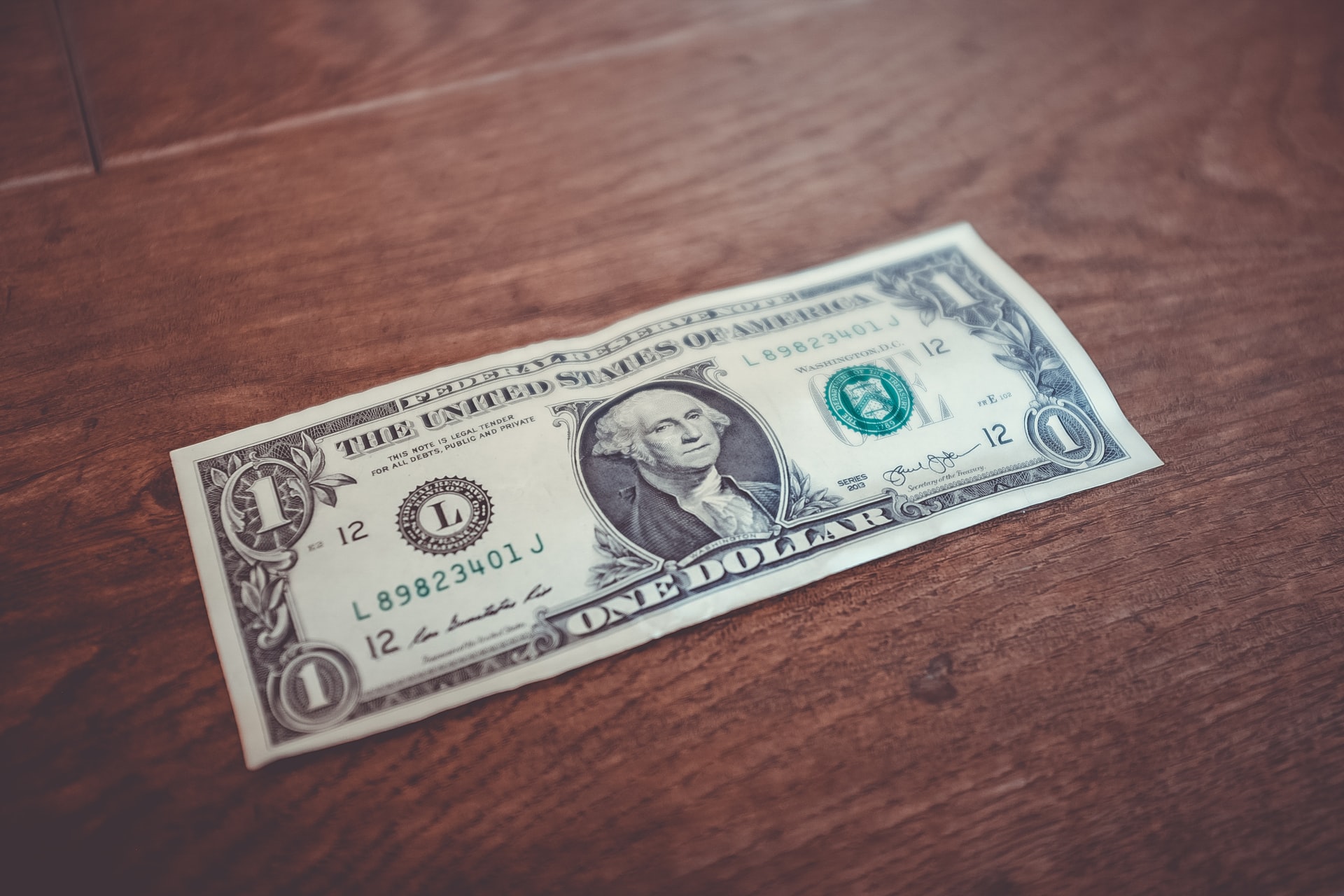Creating an emergency fund is a necessary part of financial planning. People often have unexpected or significant expenses arise and have had to turn to emergency funds to make ends meet day-to-day.
It’s even more challenging is if there is no emergency fund to access.
An emergency fund creates a “buffer” that can help individuals and families stay afloat when emergencies occur. This fund can also help ensure that more debt isn’t incurred.
An adequate emergency fund can help prevent reliance on credit cards or high-interest loans, for instance. For those already carrying a debt load, having access to cash helps to avoid the necessity of borrowing more.
It’s possible to weather financial storms successfully. The key to this is planning.
So, how should you plan for emergencies and create an emergency fund?
Set a goal
First, you should start with a goal number in mind. Give yourself a set number of months that you would like to use to save up the amount needed to meet your needs and the needs of your family during an emergency.
The amount you choose should allow you to live for a few months if unexpected expenses, job loss, or medical costs arise.
Many financial experts recommend that people work to save up at least three months’ salary in their emergency fund. Other experts recommend saving six to 12 months’ salary to last through emergency circumstances.
When determining how much to save in your emergency fund, consider all monthly expenses.
It will help if you calculated total living expenses, including rent or mortgage, groceries, utilities, vehicle expenses, and any other expenses that occur on a monthly or bi-monthly basis.
Set a plan and stick to it
Setting a plan and sticking to it is crucial to being successful in saving up an emergency fund. Experts recommend opening an account that you cannot access easily with a debit card.
This account can be a savings or other type of account. Automatic transfers from a checking or different primary account should be set up to transfer a specified amount into the emergency fund each payday.
Once the amount you have decided on is reached, you can diversify to higher-interest accounts or short-term bonds or investments. Make sure that these counts are easily accessible during emergencies.
Savers should also review their contributions frequently. Every few months, sit down and look at the amount that has been saved. Then, adjustments can be made and diversified as needed.
An emergency fund can be a lifesaver in times of need due to unexpected circumstances or emergencies. It can bring the peace of mind that short-term difficulties do not turn into long-term debt.


